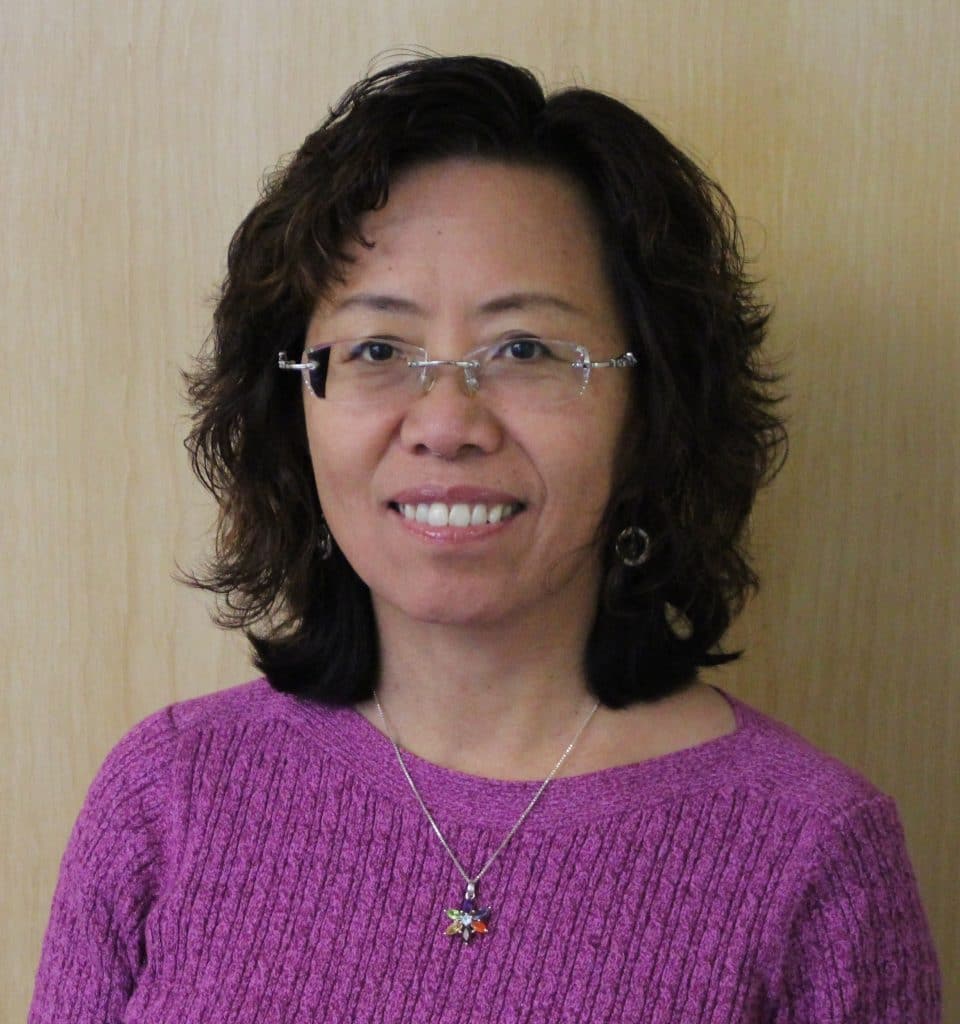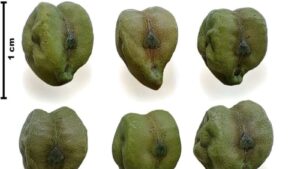
For years, there has been a shrinking level of expertise in the area of seed morphology. Because of this, a group of global seed industry stakeholders came together over a year ago to form the International Seed Morphology Association (ISMA).
In addition to myself, the board also includes Janine Maruschak of the CFIA and Agriculture and Agri-Food Canada’s Axel Diederichsen as vice-chair.
In my job as the head of the CFIA National Seed Herbarium in Saskatoon, Sask., I have witnessed the level of expertise in the area of seed morphology take a dive in recent years, but a big demand arose in the trade when weed seeds became a significant pest.
Plant and seed morphology are mainly used in identifying over 200,000 flowering plants and their seeds around the world. Right now, up-to-date seed morphology knowledge and identification expertise are not readily accessible and are scattered among individual taxonomists, specialists, analysts and seed testing laboratories.
Because of the diversity of plants, regional distribution, and globalized trade, there is no single country that can develop a reference database for seed identification to meet testing needs. By forming ISMA, we hope to change that.
A lot has happened over the past 12 months since we officially launched our website. We now have two functional members-only sections.
- Training Resources: This section provides training tools for seed botany, morphology and identification.
- Seed ID Forum: This section offers peer support, consultation, inquiry, discussion and posting with an invited ID Expert Panel.
These two sections are in addition to the following portals that can be accessed via the site:
- Seed Identification Guide: A virtual publication of seed morphological information, such as seed botanical features, seed identification fact sheets, digital identification keys, image galleries, and common botany terminologies.
- Publication Guide: An author resource centre with guidance for authors, data protocols and a factsheet template. Author submissions can be completed online.
We want our users to publish information and knowledge to help others.
“There’s only a small number of people in Canada and around the world doing this kind of work. An online resource is key. The ISMA web portal could become a prestigious place to publish work in the area of seed morphology,” says Janine Maruschak, section head for the CFIA Seed Testing Laboratory in Saskatoon, Sask.
“CFIA has published weed seed identification photos and information on the ISMA website. It is a great way to make it accessible to seed analysts working to ensure seed and grain meets regulatory requirements.”
ISMA is to serve as a one-stop-shop for all matters concerning seed morphology — more members and participation will make the goal achievable.
It will not only be an invaluable resource for the seed and agricultural industries but also for scientists in a wide variety of fields, including botany, ecology, ethnobotany, archaeology to agriculture.
For information please visit idseed.org and click the Join Us button at the top.












